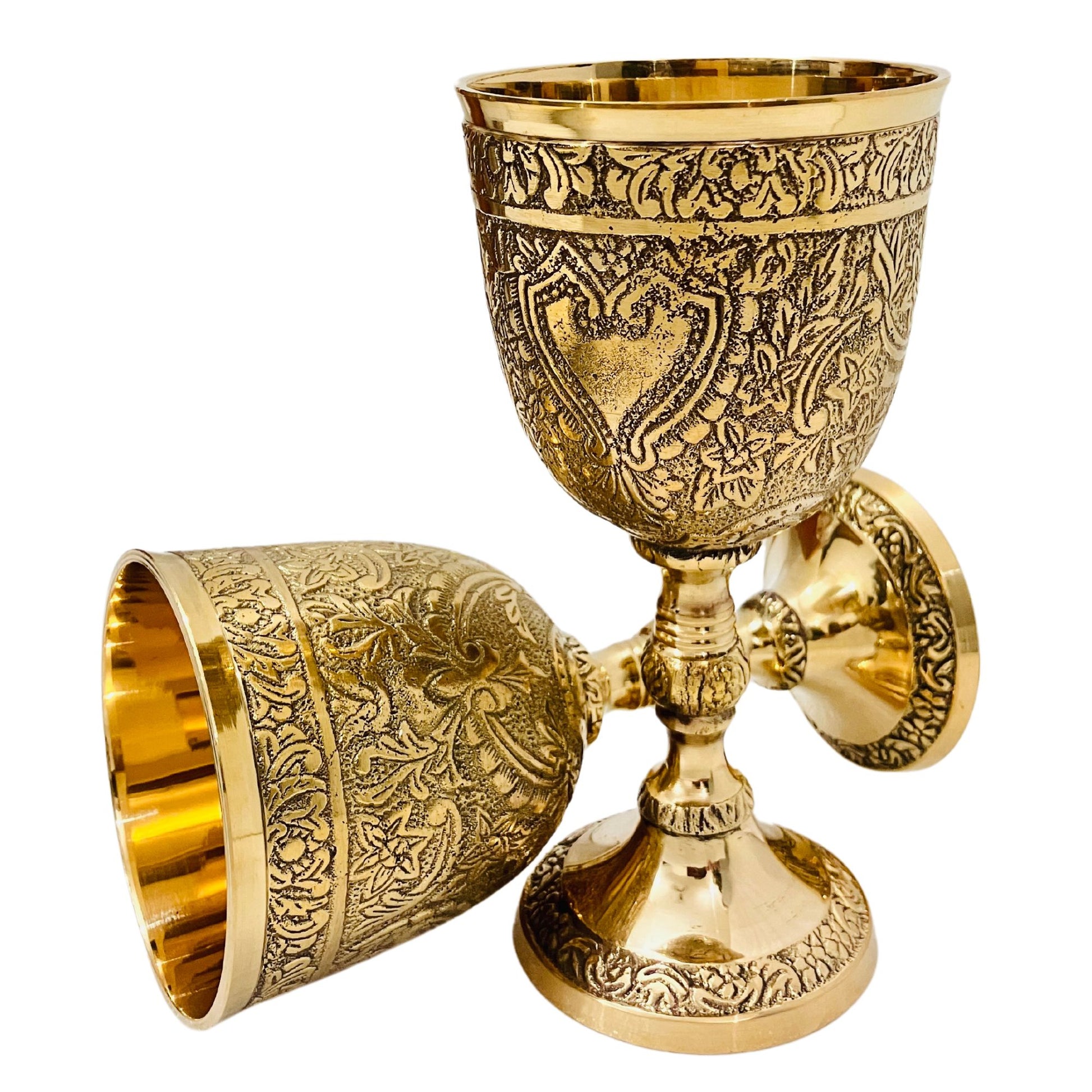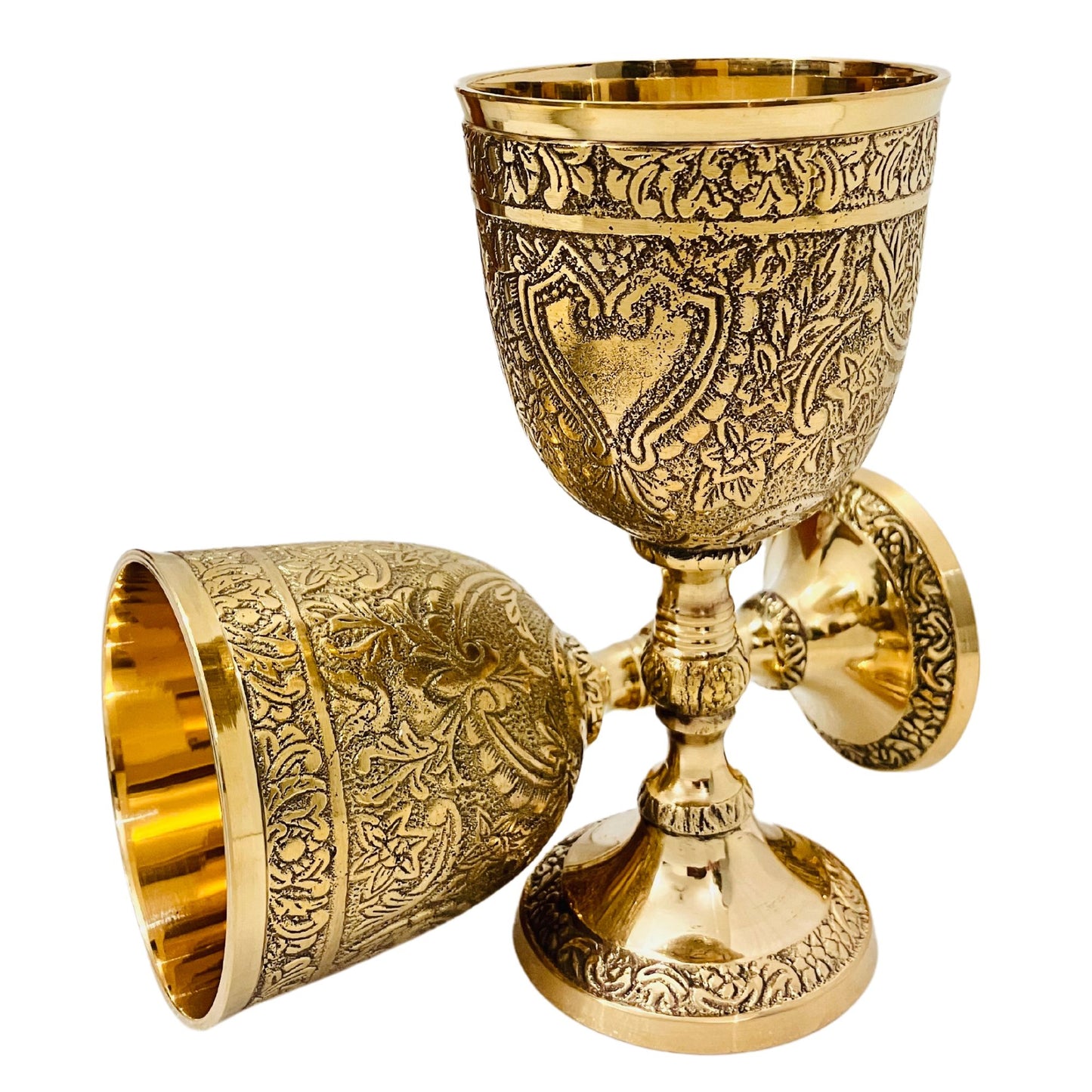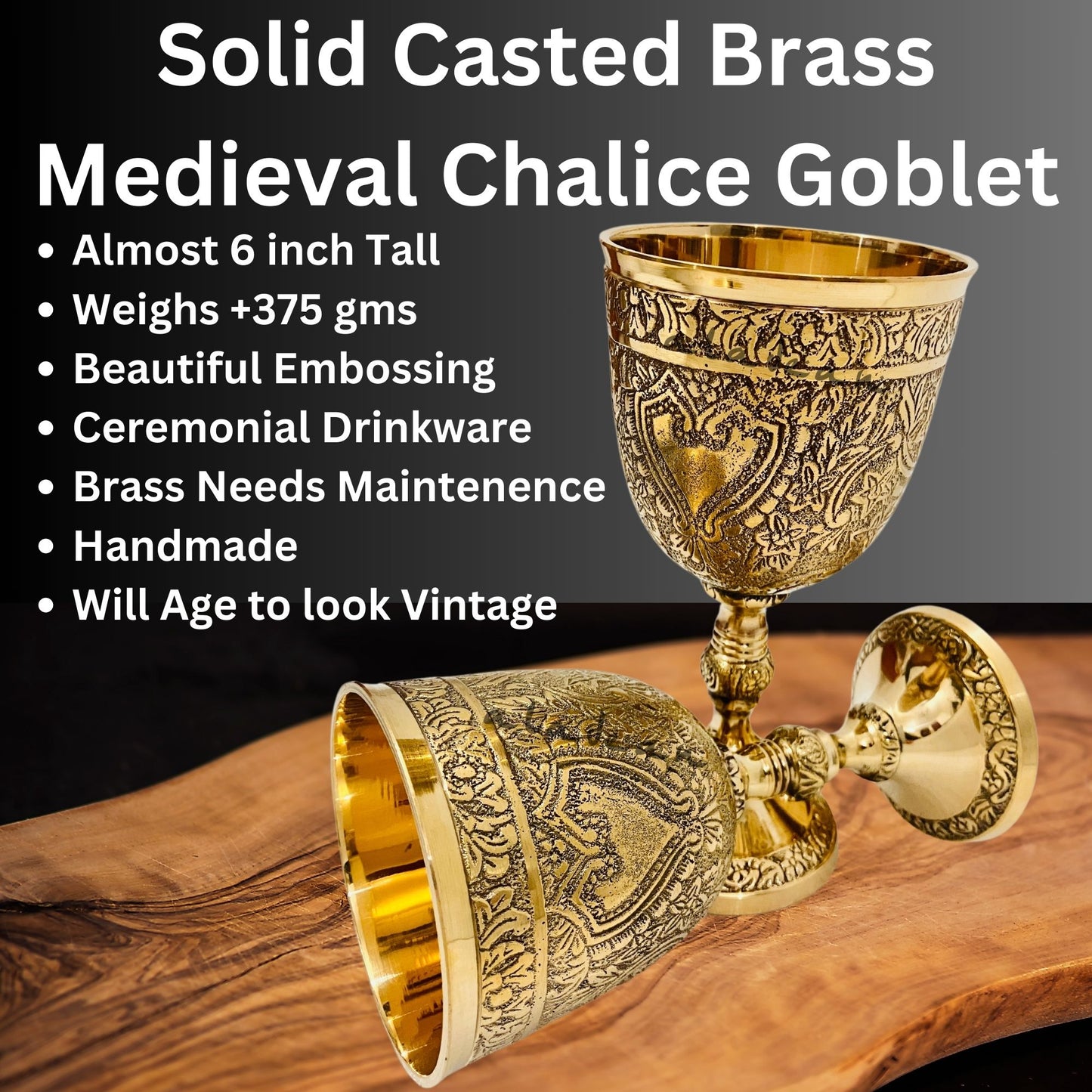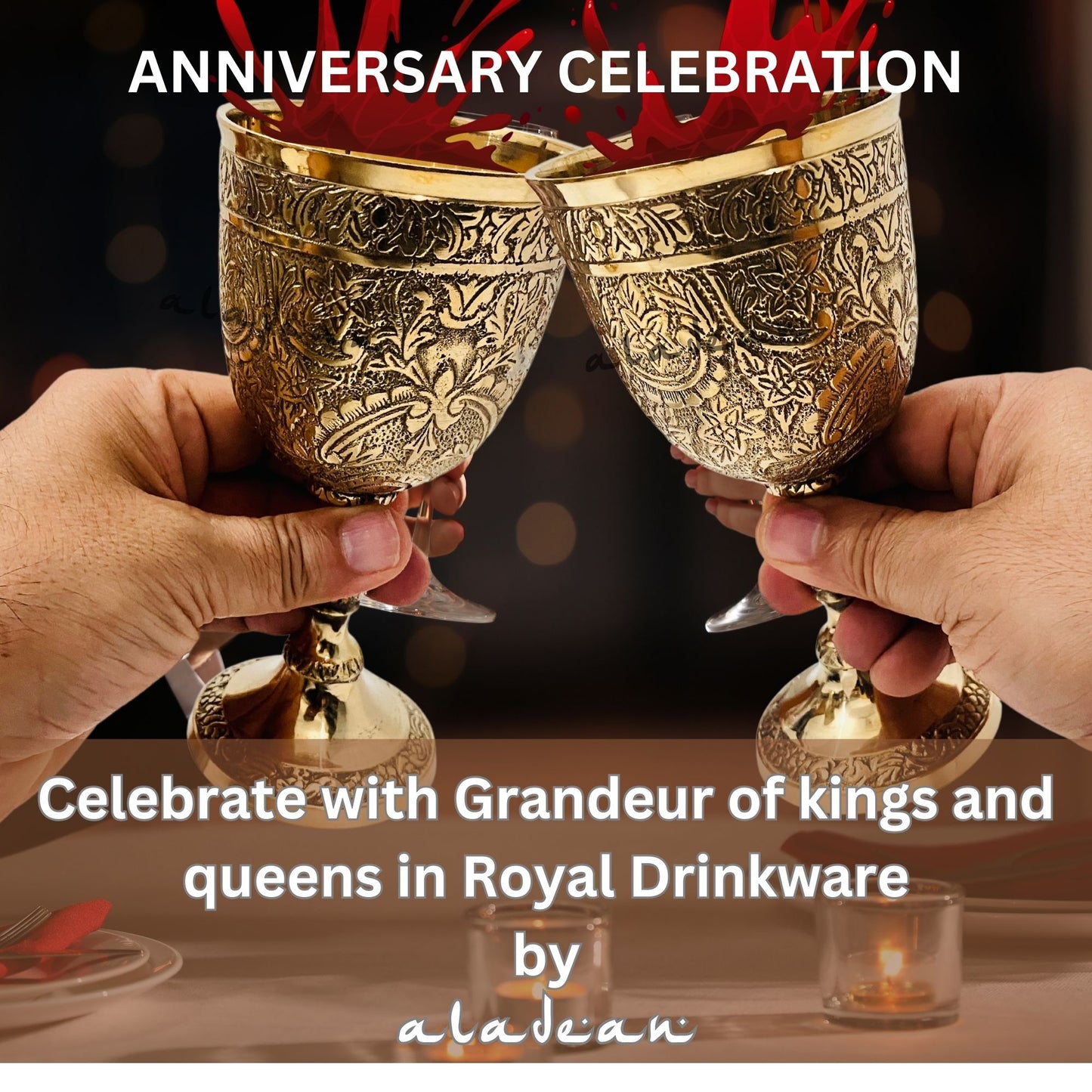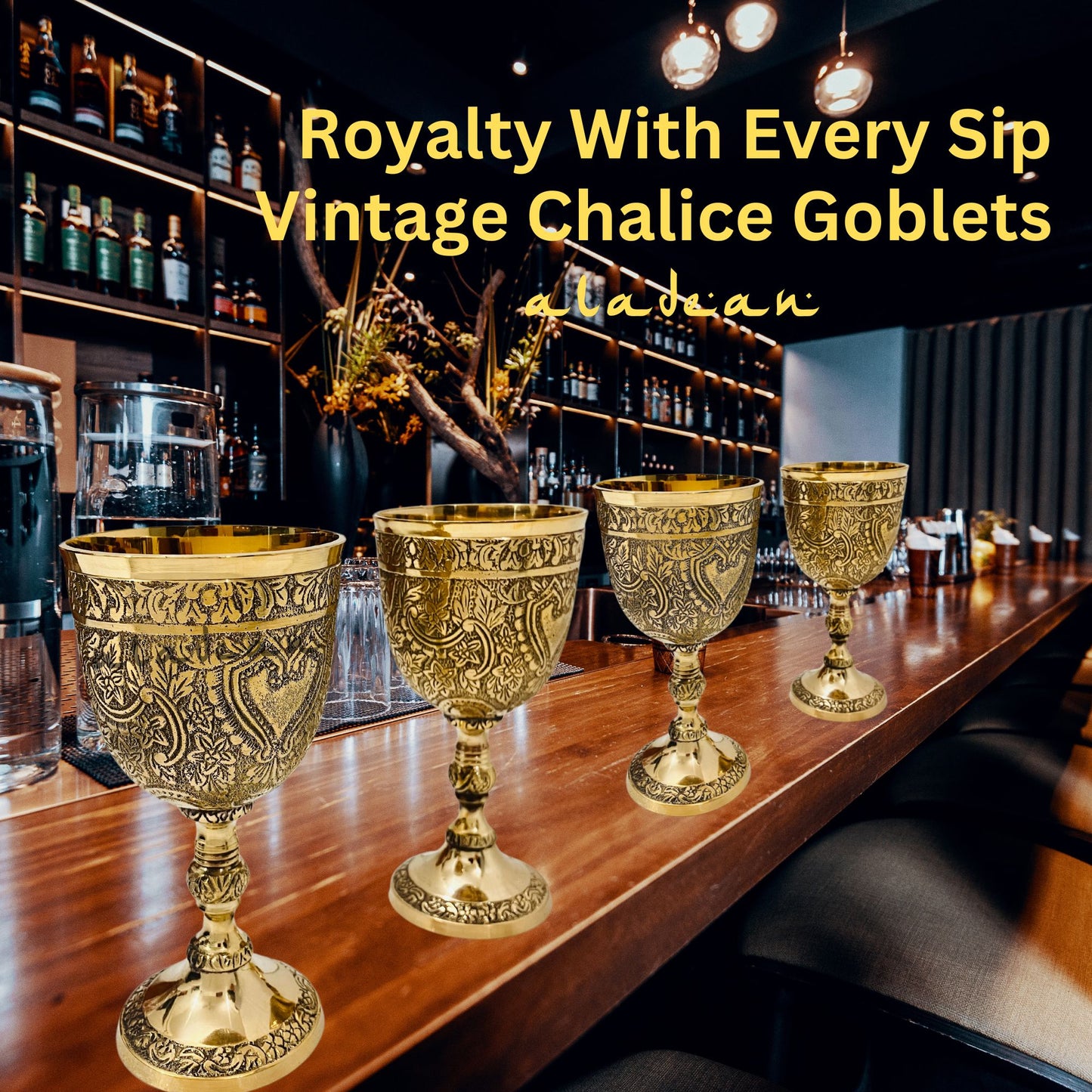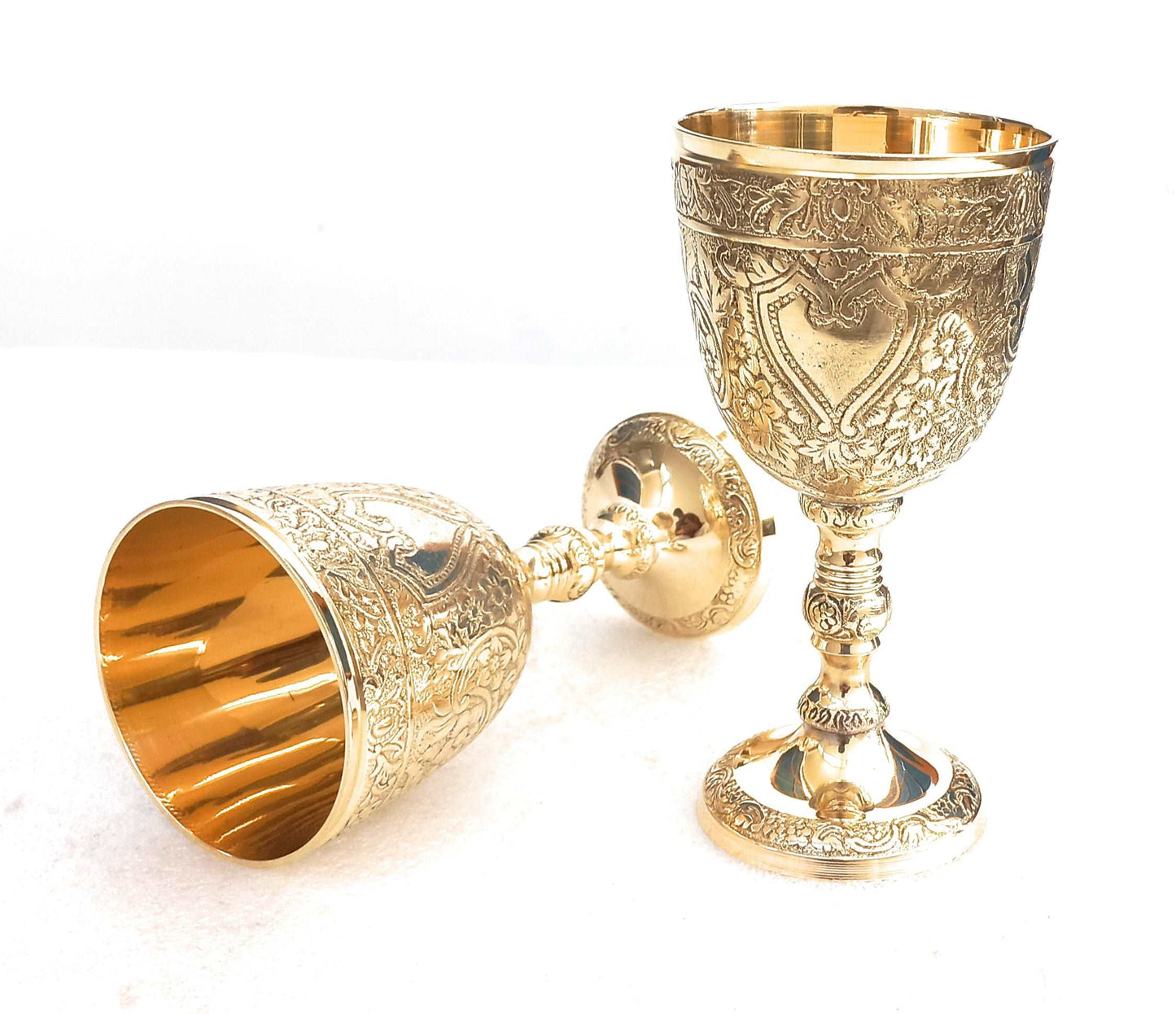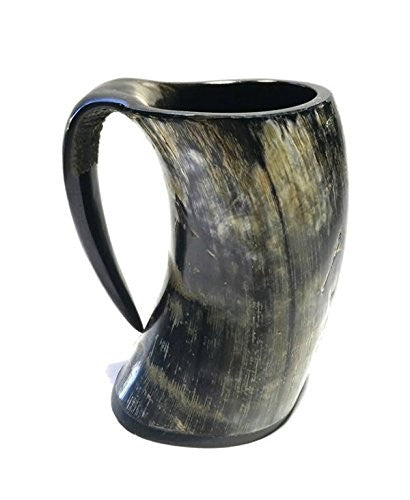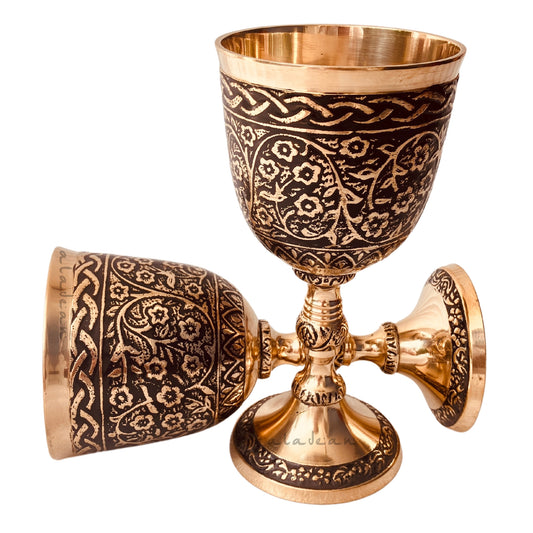The History and Significance of Chalices and Goblets
Share
Chalices and goblets have served as essential drinkware for centuries, offering a blend of functionality, artistry, and symbolism. These vessels have been present at grand royal banquets, intimate gatherings, and sacred religious ceremonies, each telling a story through their design and use. In this comprehensive post, we delve into the fascinating history, cultural significance, and evolution of chalices and goblets, highlighting exquisite pieces from Aladean’s collection.
The Origins of Chalices and Goblets
The use of chalices and goblets can be traced back to ancient civilizations, where they played a pivotal role in both daily life and special occasions. In ancient Greece and Rome, these vessels were often crafted from precious metals and decorated with intricate designs, serving as status symbols. Their use was not limited to the elite; even the common people used simpler versions made of wood or clay.
-
Ancient Civilizations: The earliest goblets were discovered in archaeological sites dating back to the Bronze Age. These early examples were typically made from bronze or clay and were used in both domestic and ceremonial contexts. As metallurgy advanced, the designs became more sophisticated, reflecting the artistic trends of their respective eras.
-
Medieval Europe: During the medieval period, chalices and goblets became more ornate and were often used in religious ceremonies. Churches and monasteries commissioned beautifully crafted chalices made of gold and silver, adorned with precious stones. These sacred vessels were used in the Eucharist, symbolizing the blood of Christ.
-
Renaissance and Beyond: The Renaissance period saw a revival in the art of goblet making, with a focus on both functionality and aesthetics. Artisans experimented with various materials, including glass and pewter, creating pieces that were not only practical but also works of art. This era also marked the beginning of personalized goblets, where noble families would have their coats of arms engraved on their drinkware.
The Symbolism of Chalices
Chalices hold deep symbolic meaning, especially within religious contexts. Their use in religious rituals can be traced back to ancient Egypt, where they were used in offerings to the gods. However, their most significant association is with Christianity.
-
Christianity: In Christian liturgy, the chalice is a vital element of the Holy Communion, representing the cup used by Jesus during the Last Supper. This sacred object is revered as a symbol of divine grace and eternal life. The Holy Grail, a legendary chalice said to have been used by Christ, has captured the imagination of countless people over the centuries, inspiring myths, legends, and quests.
-
Pagan Rituals: In pagan traditions, chalices are often used to hold wine or water during rituals. They symbolize the element of water and the womb, representing the feminine divine. The act of sharing a drink from a chalice is seen as a way to strengthen communal bonds and invoke blessings from the gods.
-
Royalty and Nobility: Beyond religious symbolism, chalices and goblets have long been associated with royalty and nobility. The elaborate designs and precious materials used in their creation signified wealth and power. Kings and queens would often use these vessels during state banquets to impress their guests and demonstrate their status.
The Evolution of Design
The design of chalices and goblets has evolved significantly over the centuries, reflecting changes in artistic styles, technological advancements, and cultural influences.
-
Medieval Designs: Medieval chalices were typically made of gold or silver and featured intricate engravings, filigree work, and gemstones. The craftsmanship was a testament to the skill of the artisans and the wealth of the patrons. Many of these pieces were commissioned by the church and used in religious ceremonies.
-
Renaissance Innovation: The Renaissance period brought about a renewed interest in classical art and design. Chalices and goblets from this era often featured motifs inspired by Greek and Roman mythology, as well as elaborate floral and geometric patterns. Artisans also began experimenting with new materials, such as glass and pewter, expanding the possibilities for creativity and expression.
-
Modern Interpretations: Today, the design of chalices and goblets continues to evolve, blending traditional craftsmanship with contemporary aesthetics. Modern artisans draw inspiration from historical designs while incorporating innovative techniques and materials. The result is a diverse range of styles, from vintage reproductions to sleek, minimalist pieces.
Cultural Significance Around the World
Chalices and goblets hold cultural significance in various societies around the world, each adding its own unique touch to these timeless vessels.
-
European Traditions: In Europe, chalices and goblets have long been associated with celebration and festivity. From the grand banquets of the medieval courts to the intimate gatherings of Renaissance nobility, these vessels were a symbol of hospitality and abundance.
-
Asian Influence: In Asia, goblets made of jade, porcelain, and other precious materials have been used in rituals and ceremonies for centuries. The intricate designs and symbolic motifs reflect the rich cultural heritage of the region. In China, for example, drinking vessels are often decorated with dragons and phoenixes, symbolizing power and prosperity.
-
African Heritage: In African cultures, chalices and goblets are often crafted from materials like wood, ivory, and metal, adorned with traditional carvings and patterns. These vessels play a central role in communal gatherings, rituals, and ceremonies, symbolizing unity and continuity.
-
Middle Eastern Artistry: The Middle East boasts a long history of exquisite metalwork, and goblets and chalices are no exception. Islamic art, with its emphasis on geometric patterns and calligraphy, has influenced the design of these vessels. Brass and copper goblets, often inlaid with silver or gold, are a testament to the region's rich artistic tradition.
The Role of Chalices and Goblets in Literature and Pop Culture
Chalices and goblets have also made their mark in literature, film, and popular culture, often symbolizing mystery, power, and adventure.
-
Literary References: From the Holy Grail in Arthurian legends to the goblets of fire in J.K. Rowling's "Harry Potter" series, these vessels have captured the imagination of readers and writers alike. They often serve as central plot devices, representing quests for knowledge, power, or salvation.
-
Film and Television: In movies and TV shows, chalices and goblets are frequently used to convey a sense of historical authenticity and grandeur. Whether it's a medieval epic or a fantasy adventure, these vessels help set the scene and enhance the storytelling.
-
Art and Music: Artists and musicians have also drawn inspiration from chalices and goblets, incorporating their imagery into paintings, sculptures, and album covers. The enduring appeal of these vessels lies in their rich symbolism and timeless beauty.
Featured Products from Aladean
-
Medieval Chalice Goblet Duke's Brass Wine Cup: This stunning brass goblet features intricate engravings that capture the essence of medieval craftsmanship. Its historical design makes it a perfect addition to any collection or special occasion.
-
Medieval Goblet Czar's Vintage Chalice Brass Wine Cup: With its vintage design and elegant finish, this goblet exudes historical charm and sophistication. It's ideal for those who appreciate antique drinkware and wish to add a touch of elegance to their gatherings.
-
Vintage Chalice Goblet Brass Royal Wine Cup of the Highness: This royal chalice features an opulent design that harkens back to the grandeur of royal courts. Its exquisite craftsmanship and luxurious appearance make it a standout piece for any occasion.
Finally
The allure of chalices and goblets lies not only in their beauty but also in their rich historical and cultural significance. These timeless vessels have served as symbols of power, status, and spirituality for centuries, captivating collectors and enthusiasts alike. Whether used for a special occasion or displayed as a collector's item, chalices and goblets continue to inspire and enchant. Explore Aladean’s collection to find the perfect chalice or goblet that speaks to your appreciation of history and artistry.

